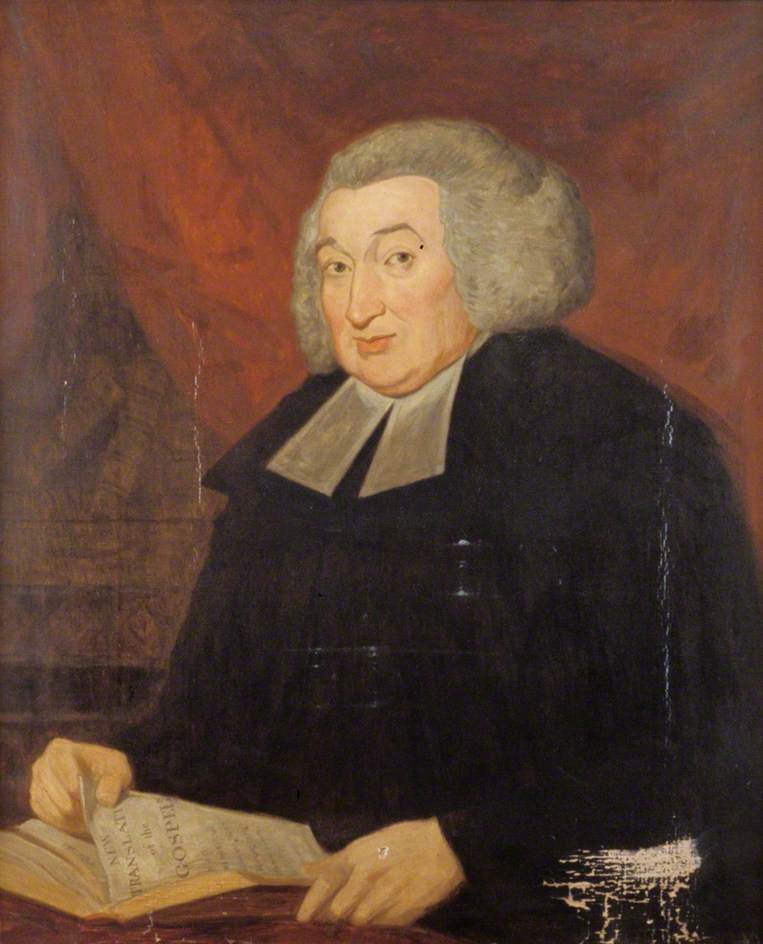Mark’s statement that the women ‘said nothing to any one; for they were afraid,’ does not necessarily mean that they held their peace even from good. They were instructed, according to Mark, to tell the disciples and Peter (ver. 7). Their fear would dispose them to deliver this message as quickly as possible, and would only prevent them from spreading the report among the unbelieving Jews. If they said nothing to anyone, the inference seems incontestable that they did not say anything to the disciples; but absolute silence is a psychological improbability, and the united testimony of Matthew, Luke, and John is sufficient to justify the assumption that, whatever the sequel may have been, it did not end with fear and silence (Matt. xxviii. 8; Luke xxiv. 9; John xx. 2). The reader who insists that Mark means exactly what he says is, no doubt, perfectly reasonable; but the question is, What does Mark say? The leper was charged to say nothing to any man; but he was also instructed to go and show himself to the priest, who was presumably a man (Mark i. 44). When the daughter of Jairus was raised from the dead, according to Mark’s report, the people in the house were charged much that no man should know this (Mark v. 48); but the people themselves were obviously excluded. They could not be prevented from receiving the testimony of their senses (cf. Mark vii. 86). In Mark vii. 24 the statement is made that Jesus entered into a house, and would have no man know it; but the disciples were with Him, and from them the fact could not be hid. And, finally, when Mark reports that Peter and James and John were instructed to tell no man what things they had seen at the transfiguration of their Master (Mark ix. 9), he does not intend to suggest that the secret was to be kept from the rest of the twelve (cf. Mark viii. 30; ix. 30). These parallel passages prove conclusively that the statement regarding the women is not incompatible with the supposition that they delivered their message to the disciples.
— John Fulton Blair, The Apostolic Gospel (London: Smith, Elder, & Co., 1896), pp. 379-80.



